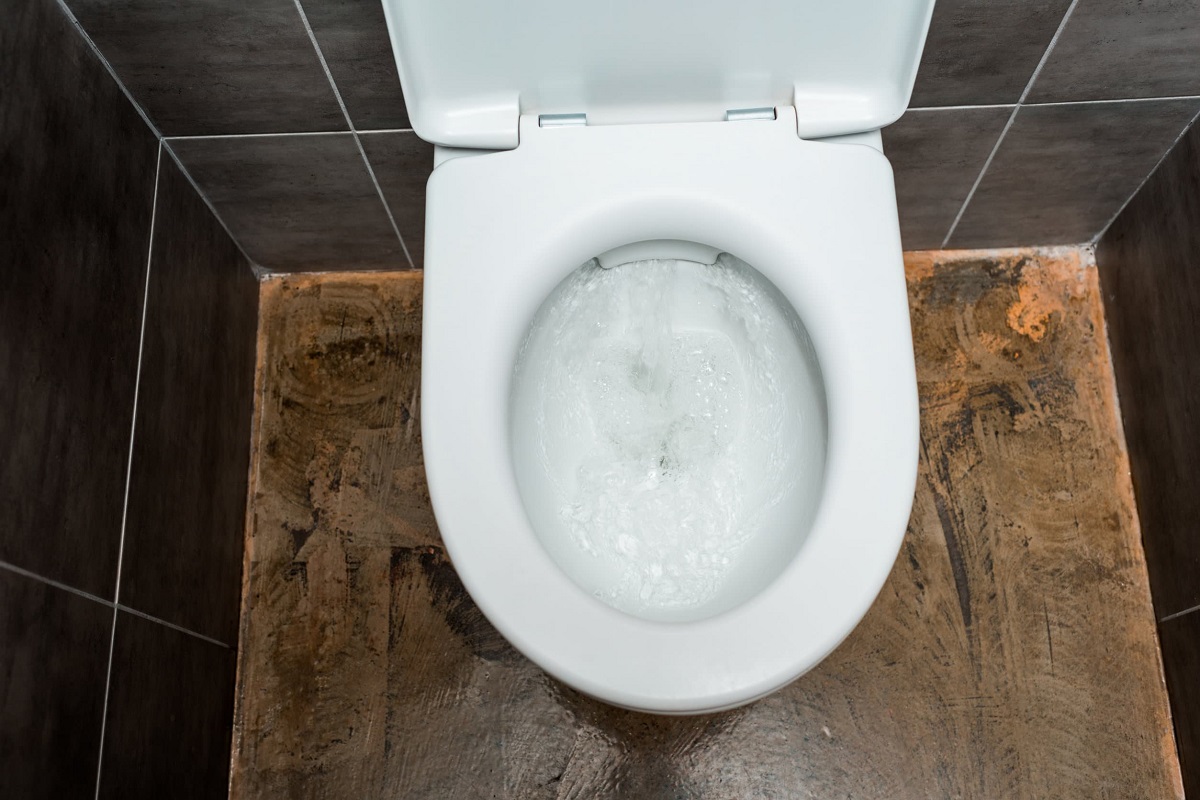

Articles
Why My Toilet Keeps Running
Modified: January 6, 2024
Discover the most common reasons why your toilet keeps running and learn effective solutions to fix it. Read informative articles on plumbing issues and troubleshooting tips.
(Many of the links in this article redirect to a specific reviewed product. Your purchase of these products through affiliate links helps to generate commission for Storables.com, at no extra cost. Learn more)
Introduction
A running toilet is not only annoying but can also waste a significant amount of water if left unchecked. The continuous sound of running water can be a constant source of frustration and can also result in increased water bills. Understanding the reasons behind a running toilet and knowing how to fix it can save you both time and money.
In this article, we will explore the common reasons why toilets keep running and provide a step-by-step guide on how to fix them. We will also discuss some essential tools and materials you will need for the repair. Additionally, we will share some valuable tips for maintaining a well-functioning toilet.
So, if you are tired of your toilet constantly running and want to get to the bottom of the issue, keep reading!
*Before attempting any repairs, it’s important to note that if you are not comfortable working with plumbing fixtures or if you are unsure of what you’re doing, it’s best to seek professional help.
Key Takeaways:
- Don’t let a running toilet drive you crazy! Learn to diagnose and fix common issues like a faulty flapper, fill valve problems, and sediment build-up. Save money and water with DIY repairs.
- Keep your toilet in top shape by using water-saving parts, avoiding excessive toilet paper, and scheduling professional inspections. Regular maintenance can prevent future headaches and costly repairs.
Read more: Why Does My Toilet Run
Common Reasons for a Running Toilet
A running toilet can be caused by various issues within the mechanism of the toilet tank. Let’s take a closer look at some of the common reasons why toilets keep running:
Issue 1: Faulty Flapper
The flapper is a rubber valve at the bottom of the toilet tank that controls the flow of water from the tank into the bowl. If the flapper is worn out or damaged, it may not create a proper seal, causing water to continuously leak into the bowl. This can result in a running toilet.
Issue 2: Fill Valve Problem
The fill valve, also known as the ballcock, is responsible for refilling the toilet tank after each flush. If the fill valve is malfunctioning, it may not shut off properly, causing water to continuously run into the tank. This can lead to a running toilet.
Issue 3: Chain Length Adjustment
A chain is connected to the flapper and the toilet handle. If the chain is too long or too short, it can prevent the flapper from closing properly after a flush. This can result in a constant flow of water, causing the toilet to keep running.
Read more: Why Does Water Keep Running In Toilet Bowl
Issue 4: Float Positioning
The float, usually a ball or cup-shaped device, is attached to the fill valve and floats on the surface of the water in the tank. If the float is set too high, it can cause the fill valve to stay open, leading to a continuous flow of water and a running toilet. Similarly, if the float is set too low, it may not allow enough water to fill the tank, resulting in inadequate flushing.
Issue 5: Sediment Build-up
Over time, sediments, minerals, and debris can accumulate in the toilet tank and affect the proper functioning of the fill valve and flapper. If there is a buildup of sediment, it can cause the valve or flapper to become stuck or malfunction, resulting in a running toilet.
Now that we have identified the common reasons behind a running toilet, let’s move on to the tools and materials you will need to fix it.
Tools and Materials Needed for Toilet Repair
Before you can fix a running toilet, you will need a few essential tools and materials. Having these items on hand will make the repair process much smoother. Here are the tools and materials you will need:
Tool 1: Adjustable Wrench
An adjustable wrench is a versatile tool that will come in handy during toilet repairs. It can be used to tighten or loosen various nuts and bolts on the toilet tank and other plumbing connections.
Read more: Why Does My Toilet Run Randomly
Tool 2: Screwdriver
A screwdriver is another essential tool for toilet repairs. It is used to remove and install screws and can be helpful when dismantling or adjusting certain parts of the toilet mechanism.
Material 1: Flapper Replacement
If the flapper in your toilet tank is faulty, you will need a replacement. Flappers are relatively inexpensive and can be found at most hardware or home improvement stores. Ensure that you choose a flapper that is compatible with your toilet model.
Material 2: Fill Valve Replacement
If the fill valve is causing your toilet to run continuously, you may need to replace it. Fill valves can wear out over time and become less effective at shutting off the water supply. You can purchase a fill valve replacement from a plumbing supply store or online.
Material 3: Cleaning Solution
In some cases, sediment build-up may be the culprit behind a running toilet. To clean the tank and remove any accumulated debris or minerals, you will need a cleaning solution. There are various toilet cleaning solutions available on the market. You can also make a DIY cleaning solution using vinegar and baking soda.
Now that you have gathered the necessary tools and materials, let’s move on to the step-by-step guide on how to fix a running toilet.
Read more: Why Does My Hot Tub Keep Running
Step-by-Step Guide to Fixing a Running Toilet
If your toilet is constantly running, it’s time to roll up your sleeves and fix the issue. Follow this step-by-step guide to resolve the problem and regain a properly functioning toilet:
Step 1: Shut off the Water Supply
Before you start any repair work on your toilet, ensure that you shut off the water supply. Locate the shut-off valve behind the toilet and turn it clockwise until it stops. This will prevent water from flowing into the tank during the repair process.
Step 2: Inspect the Flapper
Remove the tank lid and inspect the flapper. Check for any signs of wear, damage, or debris accumulation. Ensure that the flapper is properly aligned and can create a watertight seal when closed. If the flapper is worn out or not functioning correctly, move on to the next step.
Step 3: Replace the Flapper
Disconnect the old flapper from the chain and remove it from the flush valve. Install the new flapper and ensure that it is properly aligned and can create a tight seal. Adjust the chain length as necessary to ensure smooth operation.
Read more: Why Does My Laptop Fan Keep Running
Step 4: Check the Fill Valve
Inspect the fill valve for any signs of damage or malfunction. Ensure that it is properly connected to the water supply line and the flush valve. If there are any issues with the fill valve, you may need to replace it with a new one.
Step 5: Adjust the Chain Length
If the chain connecting the flush handle and the flapper is too long or too short, it can prevent the flapper from closing properly. Adjust the chain length to allow for smooth operation. There should be a slight bit of slack in the chain when the flapper is closed.
Step 6: Adjust the Float Position
Examine the float and ensure that it is properly positioned. If the float is set too high, it can cause the fill valve to stay open, resulting in a running toilet. Adjust the float position so that it allows the fill valve to shut off when the tank is full.
Step 7: Clean the Toilet Tank
If your toilet tank has accumulated sediment or debris, it can affect the proper functioning of the fill valve and flapper. Use a cleaning solution to thoroughly clean the interior of the tank. Remove any build-up to ensure that all components can function optimally.
By following these steps, you should be able to diagnose and resolve the issue of a running toilet. Remember to turn the water supply back on once you have completed the repairs.
Next, let’s explore some additional tips for maintaining a well-functioning toilet.
Read more: Why Does My Toilet Keep Clogging
Additional Tips for Maintaining a Well-Functioning Toilet
To ensure that your toilet continues to function properly and avoid future issues, here are some additional tips for its maintenance:
Tip 1: Regular Cleaning and Maintenance
Regular cleaning of your toilet is essential for both hygiene and preventing potential problems. Use a toilet bowl cleaner to clean the inside of the bowl and a suitable cleaning solution to clean the tank and other components. Regular maintenance can help identify any minor issues before they escalate into major problems.
Tip 2: Avoid Using Excessive Toilet Paper
While toilet paper is necessary for personal hygiene, using excessive amounts can lead to clogged toilets. To prevent clogs, use an appropriate amount of toilet paper and avoid flushing anything other than toilet paper and bodily waste down the toilet. Items like wipes, paper towels, and other non-flushable materials can cause blockages in the pipes.
Tip 3: Use Water-Saving Toilet Parts
Installing water-saving toilet parts can help reduce water consumption and save money on your water bills. Consider using a dual flush system or a toilet tank bag to displace water and reduce the amount used for each flush. Additionally, choosing a low-flow or high-efficiency toilet can significantly reduce water usage without compromising performance.
Tip 4: Schedule Professional Plumbing Inspections
While regular maintenance can catch most issues, it is still advisable to schedule professional plumbing inspections periodically. A professional plumber can thoroughly assess the condition of your toilet and identify any potential problems that may not be visible to the naked eye. Regular inspections can help prevent major issues that may require significant repairs or replacements.
By following these additional tips, you can maintain a well-functioning toilet that operates efficiently and avoids common problems like running water and clogs. Remember, proper maintenance and preventive measures can go a long way in extending the lifespan of your toilet and ensuring its optimal performance.
Now that you have learned about the common reasons for a running toilet, the tools and materials needed for repair, a step-by-step guide to fixing it, and some tips for maintaining your toilet, you are equipped to tackle any issues that may arise. With a little bit of knowledge and some basic skills, you can regain control over your toilet and enjoy a properly functioning plumbing fixture in your home.
Happy repairing!
Conclusion
A running toilet can be a frustrating and wasteful problem, but with a little knowledge and some basic tools, you can easily fix it yourself. In this article, we have explored the common reasons behind a running toilet, such as a faulty flapper, fill valve problem, chain length adjustment, float positioning, and sediment build-up. We have also provided a step-by-step guide on how to fix a running toilet, including shutting off the water supply, inspecting and replacing the flapper, checking the fill valve, adjusting the chain length and float position, and cleaning the toilet tank.
Additionally, we have shared some useful tips for maintaining a well-functioning toilet, such as regular cleaning and maintenance, avoiding excessive toilet paper usage, using water-saving toilet parts, and scheduling professional plumbing inspections. These tips can help you keep your toilet in optimal condition and prevent future issues.
Remember, if you ever feel uncomfortable or unsure about tackling toilet repairs on your own, it’s always best to seek professional help to avoid additional damage or safety hazards. However, in many cases, a running toilet can be fixed with some basic troubleshooting and a few simple adjustments or replacements.
By taking the time to understand how your toilet works and following the steps outlined in this article, you can save money on water bills, reduce water waste, and enjoy the peace of mind that comes with a properly functioning toilet.
So, the next time your toilet keeps running, don’t panic! Armed with the knowledge and tools, you can quickly diagnose the issue and fix it yourself. Your wallet and the environment will thank you.
Now, go forth and conquer that running toilet!
Frequently Asked Questions about Why My Toilet Keeps Running
Was this page helpful?
At Storables.com, we guarantee accurate and reliable information. Our content, validated by Expert Board Contributors, is crafted following stringent Editorial Policies. We're committed to providing you with well-researched, expert-backed insights for all your informational needs.
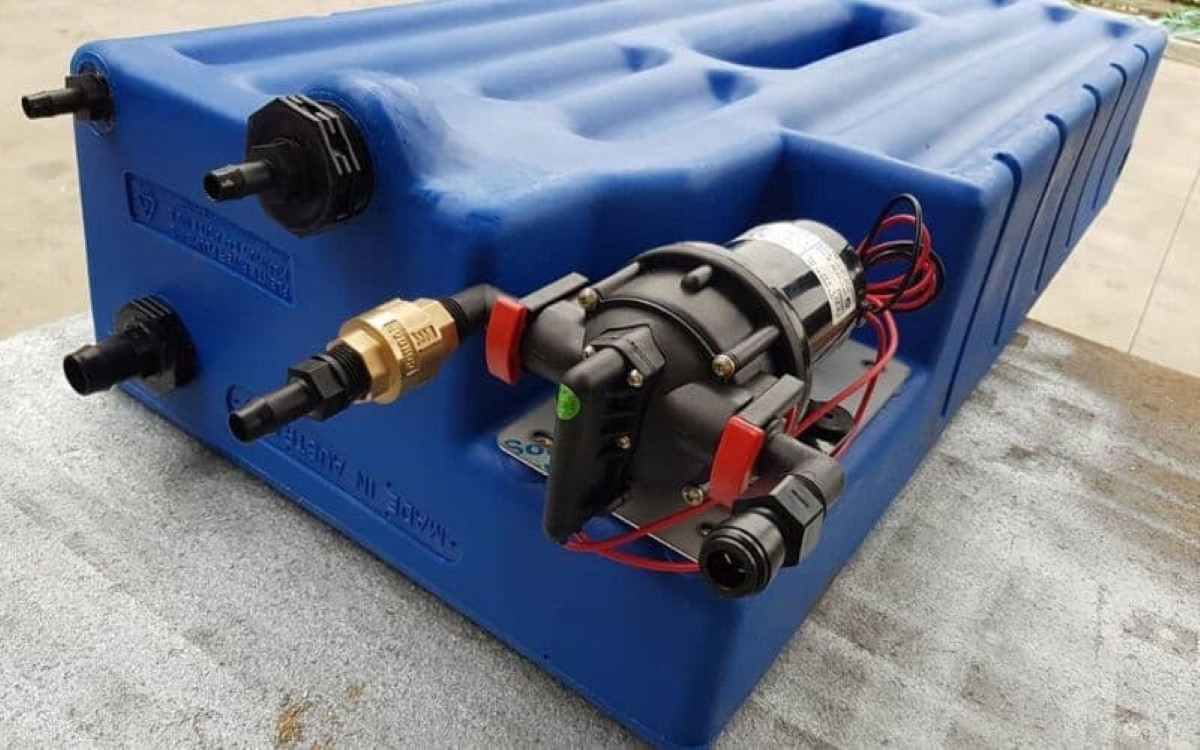
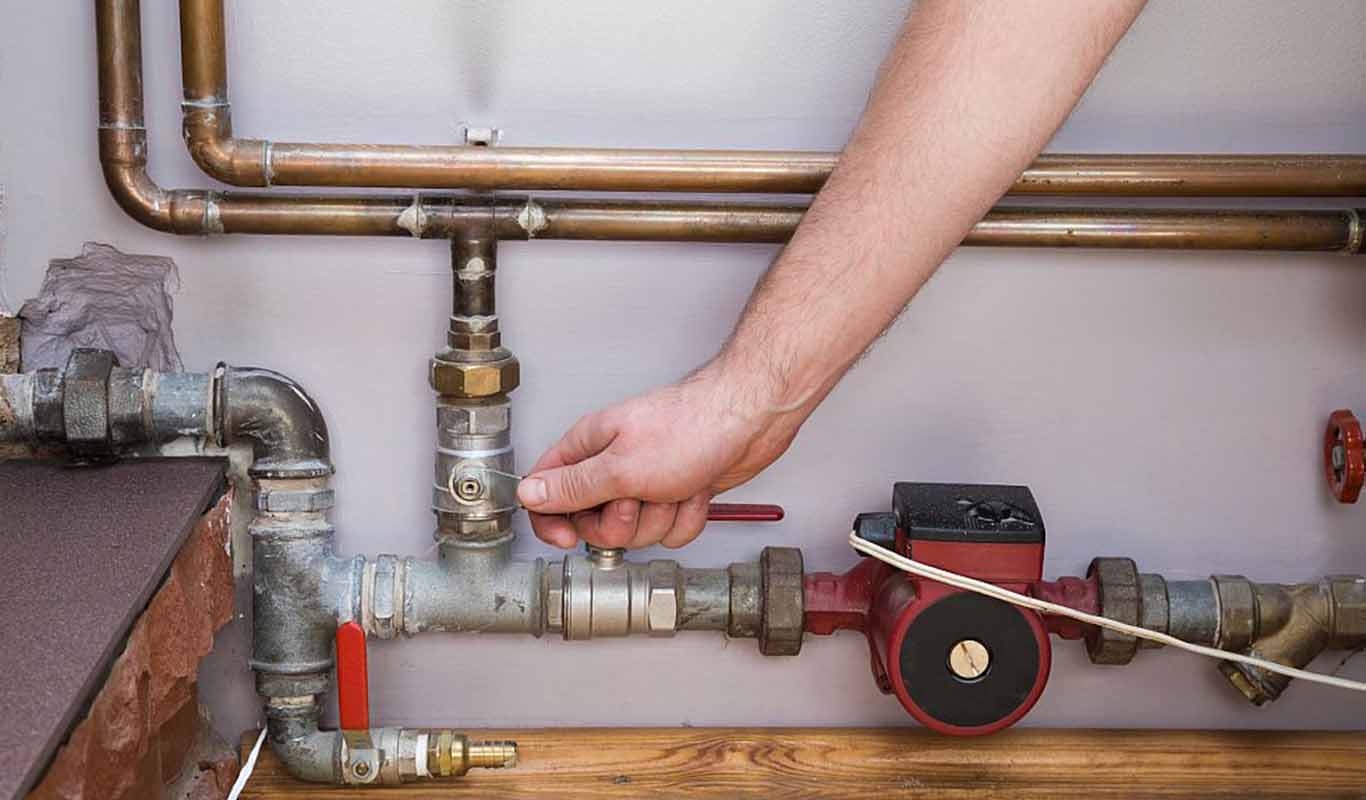
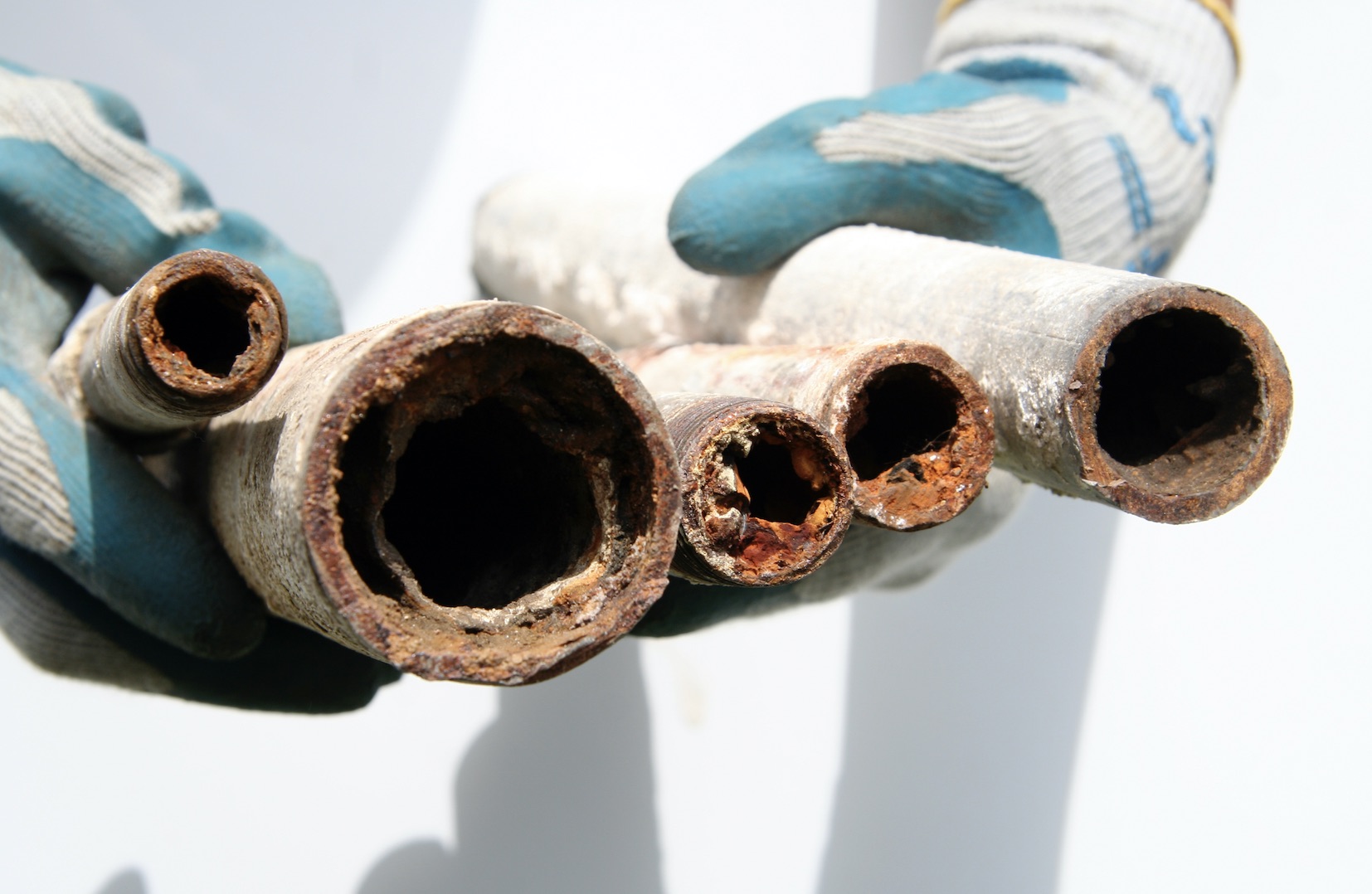
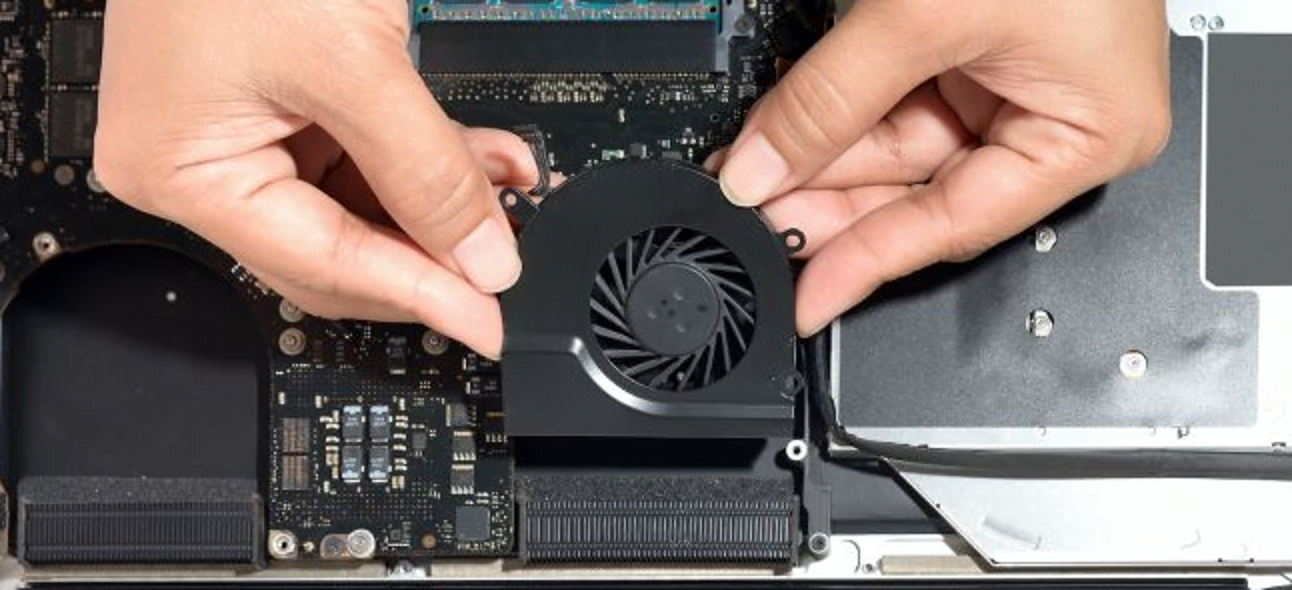
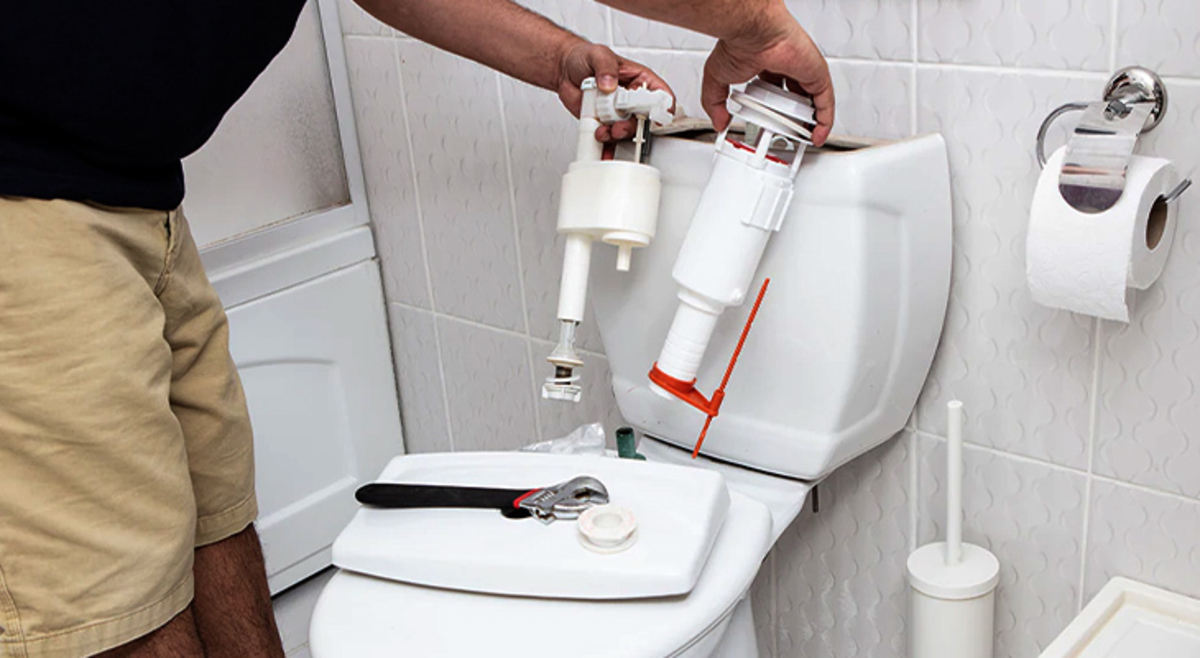
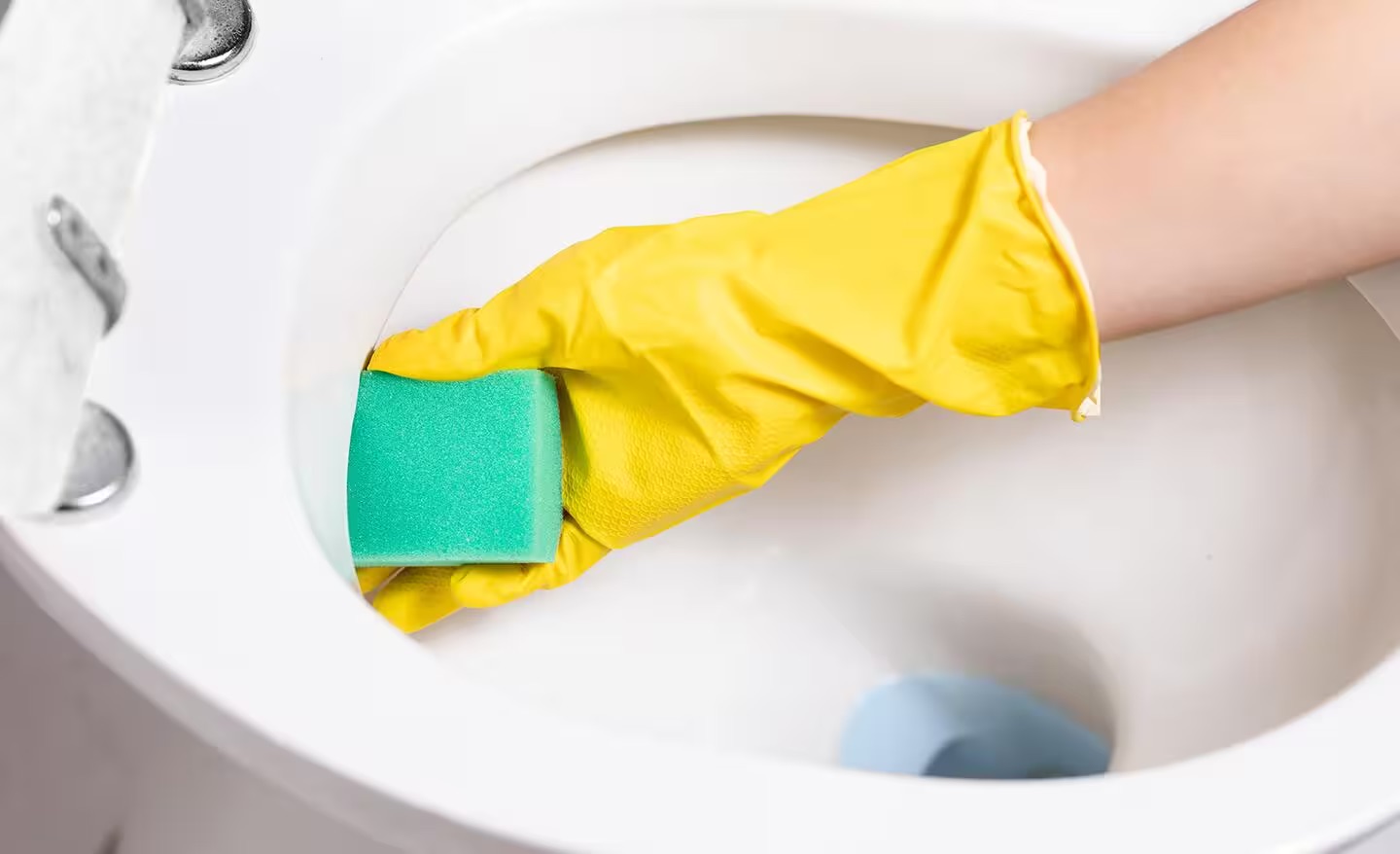
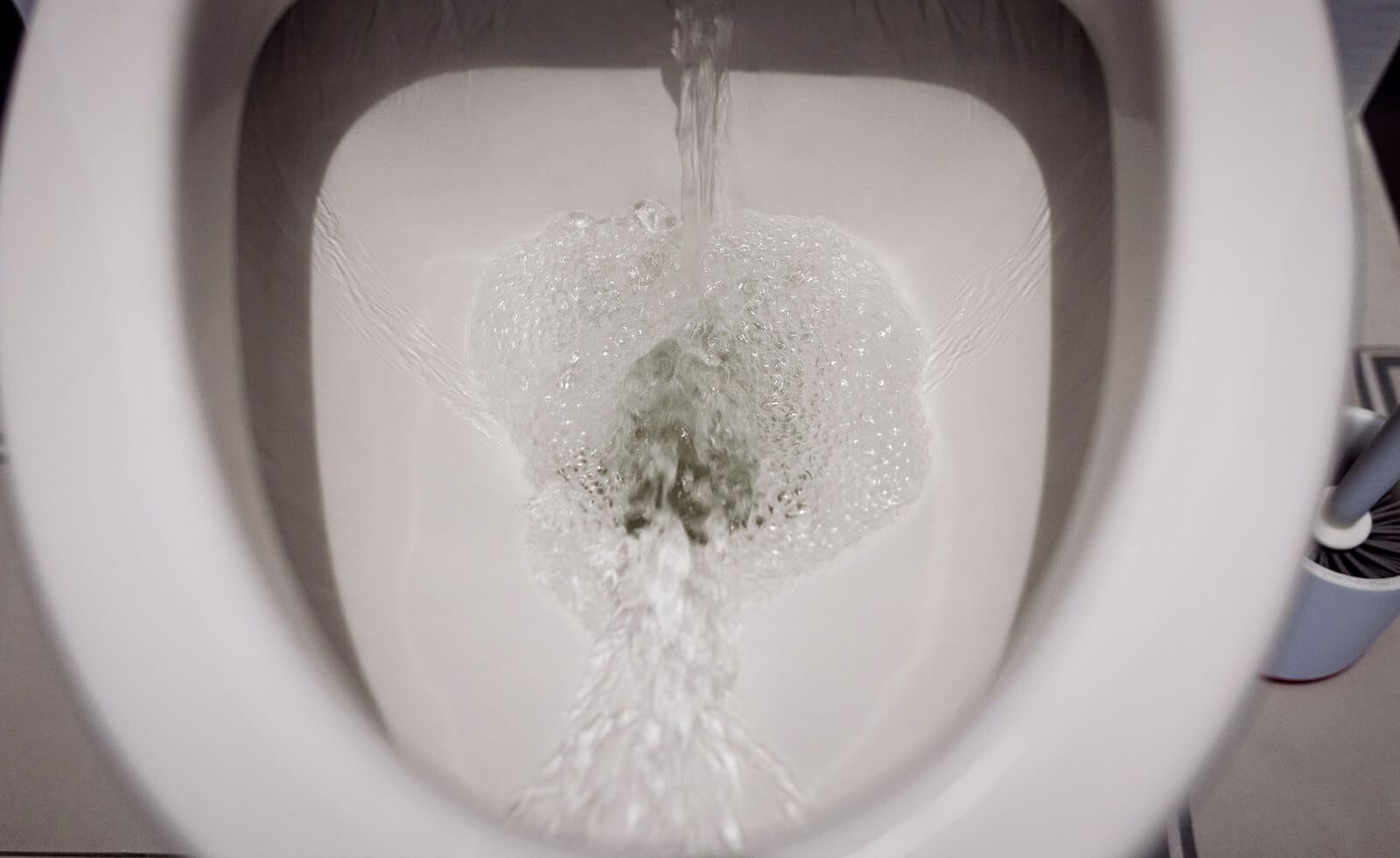
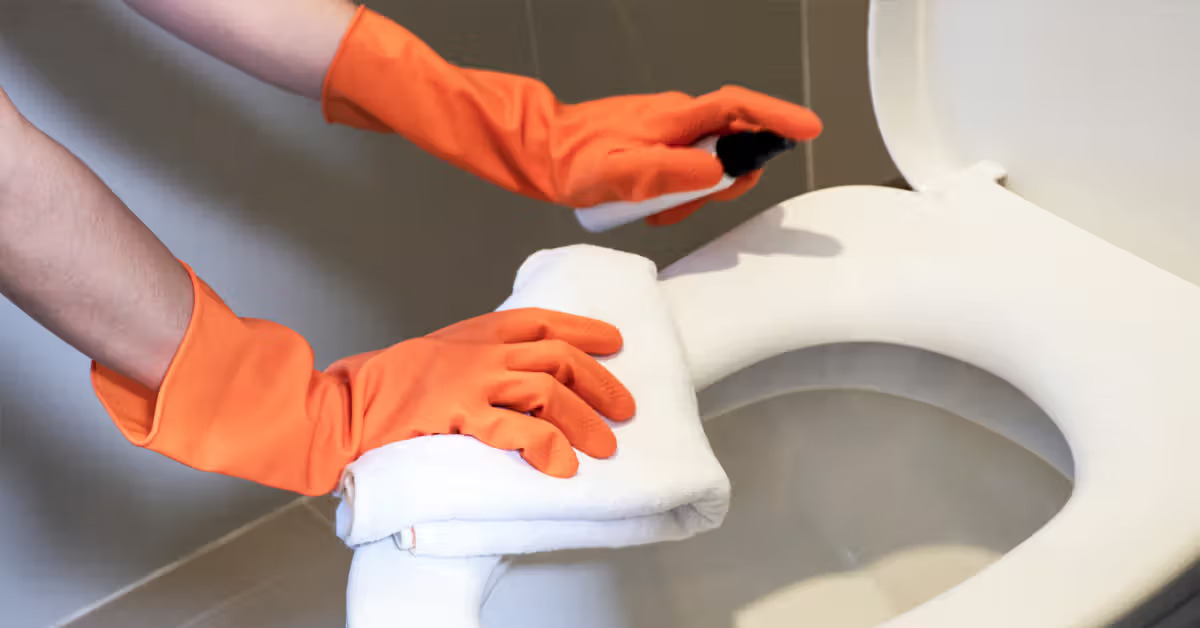
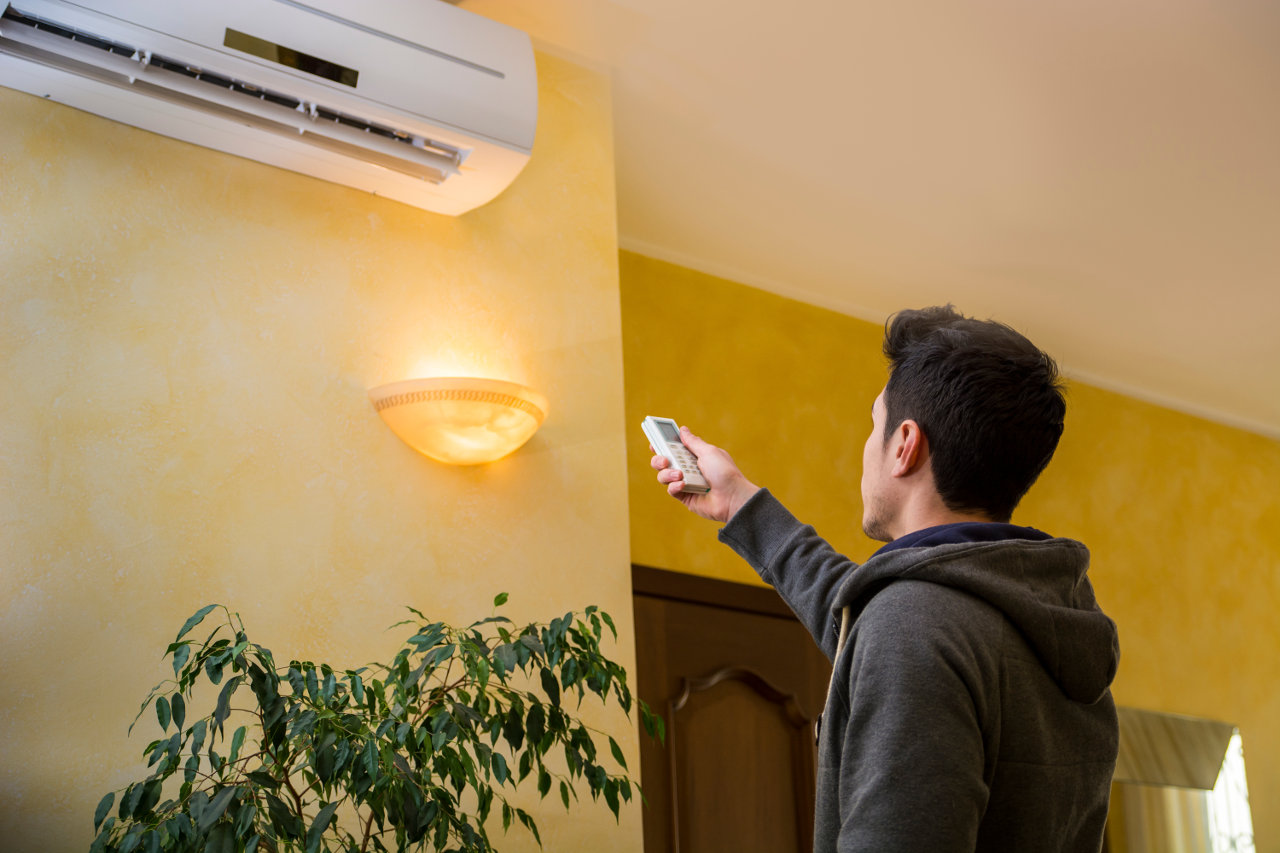

0 thoughts on “Why My Toilet Keeps Running”